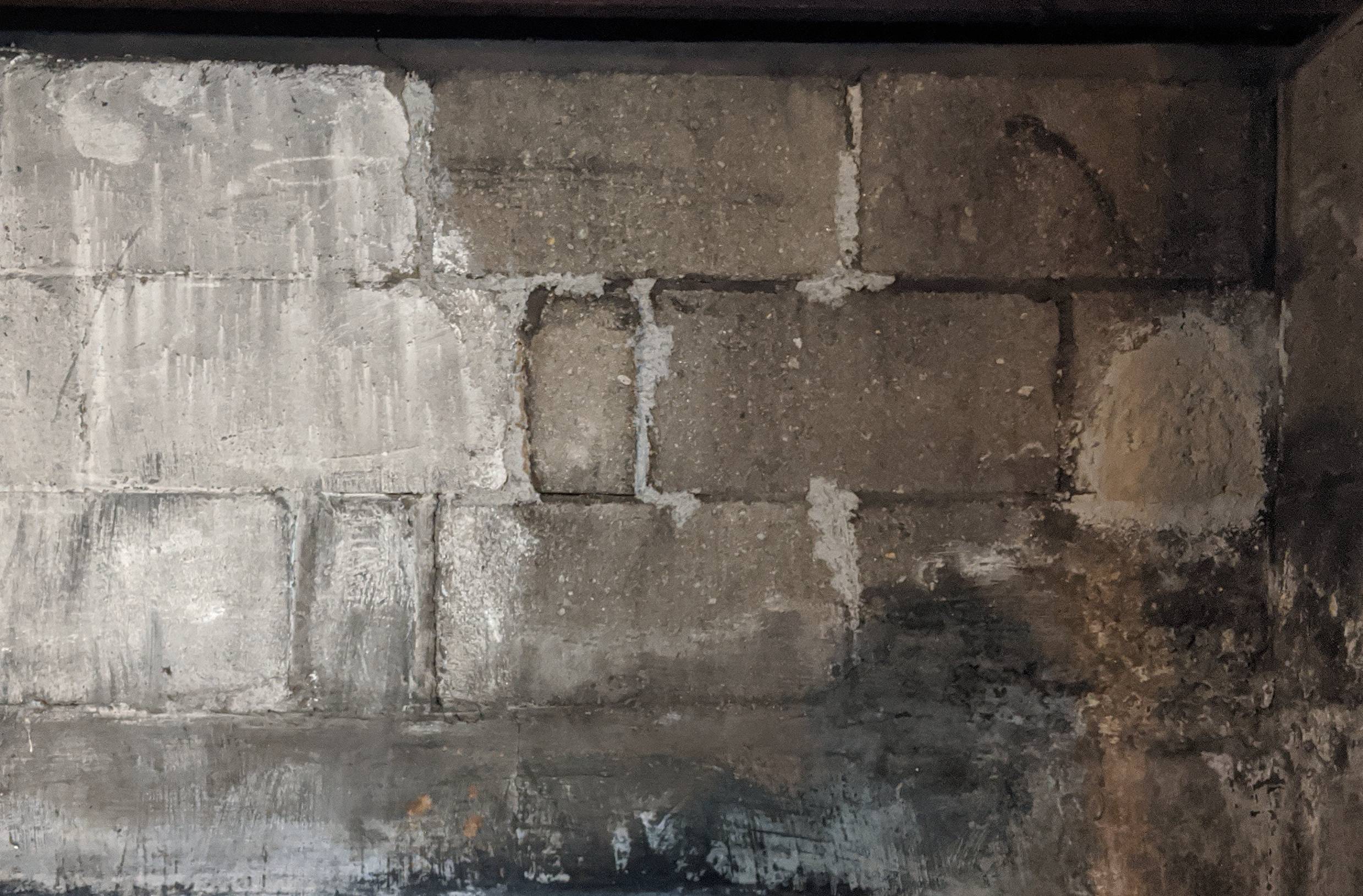I am moving into a house (built 1911) that had a few things turn up on the inspection.
One corner of the basement has an indoor cistern, and there are some gaps and a hole in the cinder blocks just above ground level.
The below photo is from that corner, just above the cover to the cistern. You can see light coming through from outside (the top of the cistern is right at ground level).
The inspector mentioned that it would be easy to fix this via expanding mortar, but the information that I'm finding (i.e., Nonset 400) says that expanding mortar should not be used on vertical surfaces. I presume this is because the wet compound would sag or bulge while drying.
What is a suitable method/material for these type of repairs?
The cistern, for reference:





